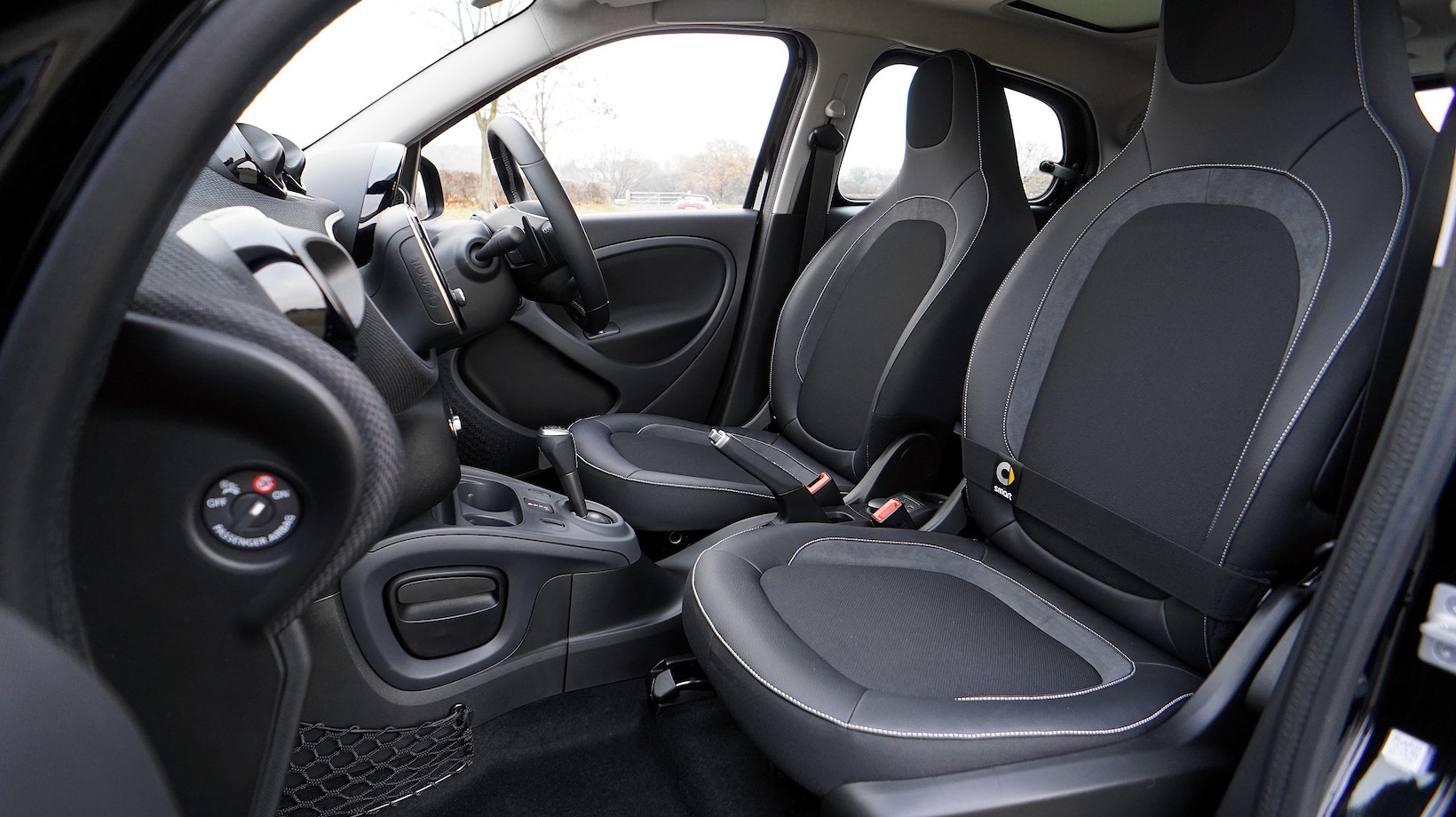Dealing with cracked leather car seats can be a frustrating issue for many car owners. Not only do these cracks affect the overall appearance of the interior, but they can also lead to further damage if left unattended. Fortunately, there are effective methods available to repair leather car seat cracks and restore them to their original condition.
When it comes to repairing leather car seat cracks, it’s important to evaluate the severity of the damage first. Minor surface cracks can often be fixed using simple DIY techniques such as applying leather conditioner or using a leather repair kit. These options work well for small, shallow cracks that haven’t penetrated deeply into the material.
Repair Leather Car Seat Cracks
Leather car seat cracks can occur due to various reasons. Here are some common causes to be aware of:
- Age and Wear: Over time, leather seats naturally wear out and lose their elasticity, making them prone to cracking. The constant use and friction from sitting can contribute to the breakdown of the leather fibers.
- Dryness and Lack of Moisture: Leather needs proper moisture to maintain its suppleness. If leather car seats are not regularly conditioned or exposed to dry conditions, they can become stiff and susceptible to cracking.
- Extreme Temperatures: Rapid temperature changes, such as exposure to intense heat or cold, can cause leather car seats to expand or contract abruptly. This expansion and contraction can lead to stress on the material, resulting in cracks over time.
The Impact of Temperature Changes on Leather Seats
Temperature fluctuations have a direct effect on leather car seats due to their organic nature:
- Heat Absorption: When exposed directly under scorching temperatures (like during hot summer days), leather absorbs heat quickly. Excessive heat causes the material’s fibers to expand rapidly, increasing the risk of cracks forming when it cools down again.
- Cold and Brittle Conditions: In contrast, extremely cold temperatures can make leather seats brittle and less pliable. As the material stiffens, it becomes more prone to cracking when subjected to pressure or movement.
To prevent leather car seat cracks, it’s essential to take proactive measures. Regularly cleaning and conditioning your seats with suitable products helps maintain their moisture balance and prolong their lifespan. Additionally, parking your vehicle in shaded areas or using sunshades can minimize direct exposure to sunlight. Finally, consider using protective covers during extreme temperature conditions to mitigate the effects of rapid expansion and contraction.
Remember that prevention is key when it comes to preserving the quality of your leather car seats. By identifying the causes of cracks and implementing preventive measures, you can keep your car’s interior looking elegant and well-maintained for years to come.

Preventing Leather Car Seat Cracks
When it comes to maintaining the quality and appearance of your leather car seats, preventing cracks is crucial. By taking a few simple steps, you can significantly extend the lifespan of your seats and avoid costly repairs. Here are some tips to help you prevent leather car seat cracks:
- Keep them clean: Regularly clean your leather car seats using a gentle leather cleaner specifically designed for automotive use. Avoid harsh chemicals or abrasive cleaners that can strip away natural oils and cause drying, leading to cracks.
- Moisturize regularly: Just like our skin, leather also needs moisturization to stay supple and flexible. Use a high-quality leather conditioner every few months to replenish lost moisture and prevent dryness that can result in cracking.
- Protect from sunlight: Prolonged exposure to direct sunlight can be damaging to your leather car seats. Park in shaded areas whenever possible or use windshield sunshades to minimize UV radiation reaching the interior of your vehicle.
- Avoid extreme temperatures: Leather is sensitive to temperature changes, so try not to subject your car seats to extreme heat or cold for prolonged periods of time. Using seat covers during hot summer days or placing a towel on the seats during freezing winter months can provide additional protection.
- Be mindful of sharp objects: Sharp items such as keys, pens, or tools can easily scratch or puncture the surface of your leather seats, potentially leading to cracks over time. Take care when getting in and out of the vehicle, ensuring that you don’t accidentally damage the upholstery.
By following these preventive measures, you’ll be able to maintain the integrity and beauty of your leather car seats for years to come while avoiding the hassle and expense of repairing cracks. Remember, prevention is always better than cure when it comes to leather car seat care.








































